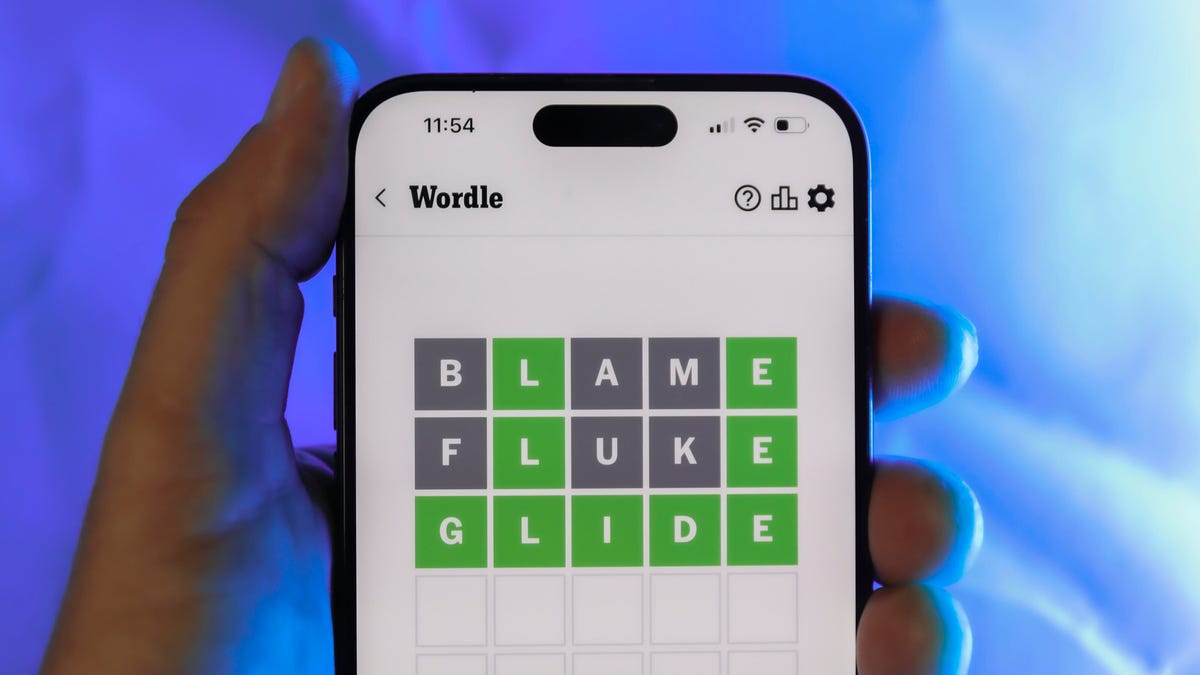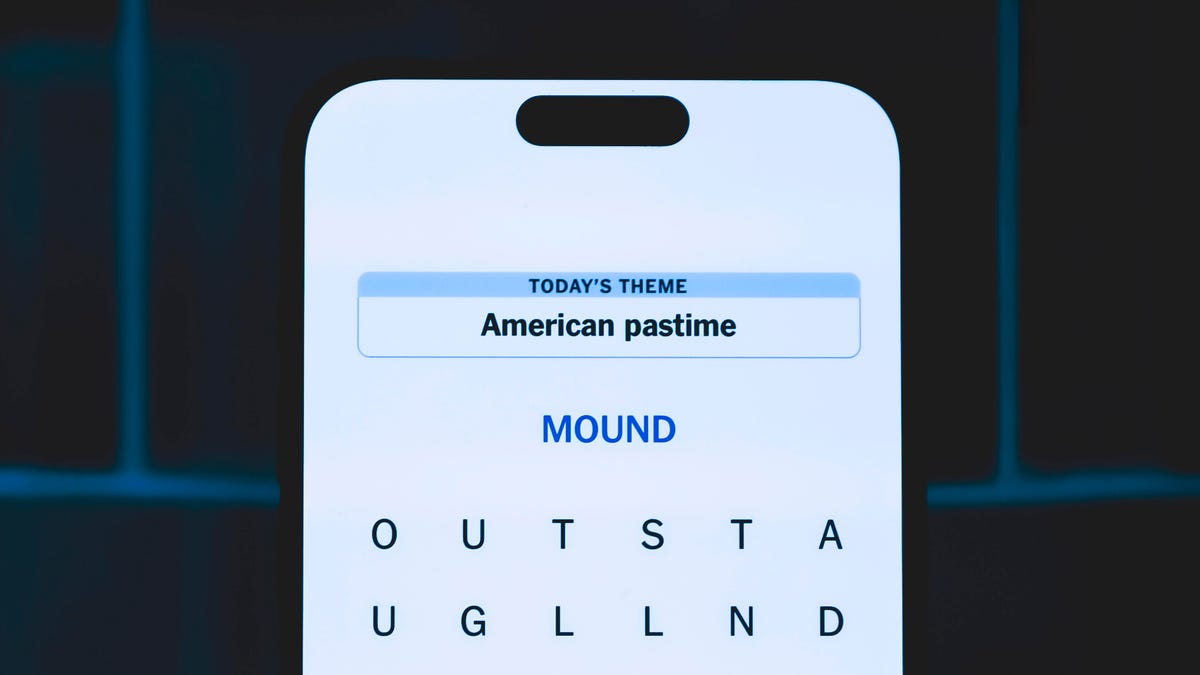Technologies
Woolly mammoth extinction blamed on climate change, not human hunting
«This is a stark lesson from history and shows how unpredictable climate change is — once something is lost, there is no going back.»

About 4,000 years ago, the last majestic woolly mammoth roaming Earth vanished, and for decades, scientists believed the colossal ancestors of elephants went extinct because humans hunted them relentlessly. DNA analysis of the animals’ old stomping grounds, however, reveals a different story.
The likelier culprit, researchers now say, was rapid climate change that ultimately wiped out the creatures’ food supply. But besides solving the mystery of the disappearing mammoths, these findings may offer a glimpse into the fates of other species if our present climate crisis isn’t controlled.
«We have shown that climate change, specifically precipitation, directly drives the change in the vegetation — humans had no impact on [the mammoths] at all based on our models,» Yucheng Wang, a zoologist at the University of Cambridge and first author of the paper published Wednesday in the journal Nature, said in a statement.
Co-author Eske Willerslev, a fellow at the University of Cambridge and director of the Lundbeck Foundation GeoGenetics Centre at the University of Copenhagen, added, «This is a stark lesson from history and shows how unpredictable climate change is — once something is lost, there is no going back.»
These gentle beings that dined on grass and flowers lived alongside Neanderthals. While many encounters might have been peaceful, the animals were a hot commodity when it came to making fur coats, musical and artistic instruments and hearty meals. That’s because of their thick, chocolate-colored fur, their sturdy, enormous tusks and their huge size.
They weighed approximately 6 tons and stood about 13 feet (4 meters) tall — as Wang puts it, woolly mammoths could «grow to the height of a double-decker bus.»
«Scientists have argued for 100 years about why mammoths went extinct,» Willerslev said. «Humans have been blamed because the animals had survived for millions of years without climate change killing them off before, but when they lived alongside humans they didn’t last long and we were accused of hunting them to death.»
It makes sense that prehistoric people were suspected to be behind woolly mammoths’ eventual demise instead of climate change. These animals somehow withstood the Ice Age about 12,000 years ago — the fanciful Disney movie Ice Age has some thoughts on that — but the new study’s researchers decided to dig a little deeper.
Over a period of 10 years, Willerslev led a team in dissecting DNA fragments collected from the Arctic soil where mammoths were known to graze. The samples were collected over 20 years and analyzed using a method called DNA shotgun sequencing.
DNA shotgun sequencing is an indirect way to create genetic profiles without requiring a person or animal to physically be there. Instead of collecting genetic information from bones or teeth, the method sequences DNA from traces of urine or discarded cells. Scientists have also used this tool to track the movement of COVID-19 by creating DNA profiles from sewage remnants.
The researchers looking into ancient mammoths discovered populations of the enormous animals — uncovered using the sequencing method — were depleted at a rate consistent with the quick speed of climate change at the time. Willerslev says it was because «as the climate warmed up, trees and wetland plants took over and replaced the mammoth’s grassland habitats.»
«When the climate got wetter and the ice began to melt, it led to the formation of lakes, rivers and marshes,» he said. «The ecosystem changed and the biomass of the vegetation reduced and would not have been able to sustain the herds of mammoths.»
Wang also notes that prehistoric humans would’ve probably spent most of their time hunting animals much smaller and easier to capture than enormous woolly mammoths, suggesting their impact on the animals’ extinction was arguably smaller than intuitively thought.
Another important aspect of the findings, Wang said, is «we have finally been able to prove that it was not just the climate changing that was the problem, but the speed of it that was the final nail in the coffin — they were not able to adapt quickly enough when the landscape dramatically transformed and their food became scarce.»
Such speed is why the researchers naturally drew parallels between what happened back then and what appears to be in store for us now. For instance, our global temperature is rising so quickly that many countries’ former goal of limiting the increase to 1.5 degrees Celsius (2.7 degrees Fahrenheit) is now considered nearly impossible by the UN’s Intergovernmental Panel on Climate Change. That’s unless immediate, drastic measures are taken, they say.
«It shows nothing is guaranteed when it comes to the impact of dramatic changes in the weather,» Willerslav said. «The early humans would have seen the world change beyond all recognition. That could easily happen again, and we cannot take for granted that we will even be around to witness it.»
«The only thing we can predict with any certainty is that the change will be massive.»
Technologies
Today’s Wordle Hints, Answer and Help for Dec. 25, #1650
Here are hints and the answer for today’s Wordle for Dec. 25, No. 1,650.

Looking for the most recent Wordle answer? Click here for today’s Wordle hints, as well as our daily answers and hints for The New York Times Mini Crossword, Connections, Connections: Sports Edition and Strands puzzles.
Today’s Wordle puzzle has some tough-to-guess letters. If you need a new starter word, check out our list of which letters show up the most in English words. If you need hints and the answer, read on.
Read more: New Study Reveals Wordle’s Top 10 Toughest Words of 2025
Today’s Wordle hints
Before we show you today’s Wordle answer, we’ll give you some hints. If you don’t want a spoiler, look away now.
Wordle hint No. 1: Repeats
Today’s Wordle answer has no repeated letters.
Wordle hint No. 2: Vowels
Today’s Wordle answer has one vowel.
Wordle hint No. 3: First letter
Today’s Wordle answer begins with P.
Wordle hint No. 4: Last letter
Today’s Wordle answer ends with M.
Wordle hint No. 5: Meaning
Today’s Wordle answer can refer to a geometric figure.
TODAY’S WORDLE ANSWER
Today’s Wordle answer is PRISM.
Yesterday’s Wordle answer
Yesterday’s Wordle answer, Dec. 24, No. 1649, was SPOOL.
Recent Wordle answers
Dec. 20, No. 1645: WHITE
Dec. 21, No. 1646: QUILT
Dec. 22, No. 1647: CONCH
Dec. 23, No. 1648: GLINT
Don’t miss any of our unbiased tech content and lab-based reviews. Add CNET as a preferred Google source.
What’s the best Wordle starting word?
Don’t be afraid to use our tip sheet ranking all the letters in the alphabet by frequency of uses. In short, you want starter words that lean heavy on E, A and R, and don’t contain Z, J and Q.
Some solid starter words to try:
ADIEU
TRAIN
CLOSE
STARE
NOISE
Technologies
This Two-Faced Watch Band Lets You Hide an Apple Watch Under Your Rolex
The $418 Smartlet literally bridges the gap between your elegant analogy and your nerdy smartwatch.

The Consumer Electronics Show is never short on ambitious ideas, but Smartlet may be one of the more unusual ones this year: a modular watch strap that lets you wear a traditional mechanical watch and a smartwatch on the same wrist, simultaneously. One on top of the other.
The Paris-based startup announced Smartlet at the 2026 CES in Las Vegas, pitching it as a solution for people who love the look of an analog watch but also want the practicality of a smartwatch for notifications, fitness tracking and mobile payments. Instead of choosing between the two, Smartlet’s system lets you mount an old-school timepiece on the front of your wrist while hiding a smartwatch or fitness tracker on the underside.
The stainless steel strap starts at $418 and doesn’t include a smartwatch or a mechanical watch. What you’re really buying is the strap system, which is compatible with most major smartwatches and fitness trackers, including Apple Watch, Samsung Galaxy Watch, Google Pixel Watch, Garmin models, Fitbit Charge devices and Whoop. On the analog side, it supports watches with lug widths from 18 to 24 mm, which includes high-end models from brands such as Omega, Tudor, TAG Heuer and Rolex.
The idea comes from founder David Ohayon, who says he was tired of having to play favorites every morning, choosing between his analog and Apple Watch. Smartlet, in theory, offers the best of both worlds, letting you toggle from fitness nerd to polished executive with the flick of a wrist.
In practice, it raises some serious questions, the biggest one being bulk. Smartlet says the system adds between 9 and 12 mm of height to the underside of the wrist once a connected device is attached. As someone who already manages to scratch watches without trying, the idea of strapping a second device to the underside of my wrist, where it regularly comes in contact with desks, armrests and tabletops, sounds like a walking nightmare.
There’s also the aesthetic. Smartlet is clearly aimed at what it calls the «modern gentleman,» with marketing language that leans heavily into luxury watch culture and phrases like «from the boardroom to the weekend.» Translation: This is a watch for wealthy men who want to show off their investment piece without sacrificing their gym gain tracking.
And while it may not be the most practical, or budget-friendly solution for most people, Smartlet is one of those highly niche, standout products that had us doing a double take at this year’s CES.
Technologies
Today’s NYT Strands Hints, Answers and Help for Dec. 25 #662
Here are hints and answers for the NYT Strands puzzle for Dec. 25, No. 662.

Looking for the most recent Strands answer? Click here for our daily Strands hints, as well as our daily answers and hints for The New York Times Mini Crossword, Wordle, Connections and Connections: Sports Edition puzzles.
Today’s NYT Strands puzzle has a holiday theme, and if you know a certain Christmas carol, you’ll quickly determine which words to hunt down. Some of the answers are difficult to unscramble, so if you need hints and answers, read on.
I go into depth about the rules for Strands in this story.
If you’re looking for today’s Wordle, Connections and Mini Crossword answers, you can visit CNET’s NYT puzzle hints page.
Read more: NYT Connections Turns 1: These Are the 5 Toughest Puzzles So Far
Hint for today’s Strands puzzle
Today’s Strands theme is: Carolers count.
If that doesn’t help you, here’s a clue: Five golden rings.
Clue words to unlock in-game hints
Your goal is to find hidden words that fit the puzzle’s theme. If you’re stuck, find any words you can. Every time you find three words of four letters or more, Strands will reveal one of the theme words. These are the words I used to get those hints but any words of four or more letters that you find will work:
- RIMS, HIMS, MARS, CHIME, CHIMES, MADS, DATE, DIAL, WAIL
Answers for today’s Strands puzzle
These are the answers that tie into the theme. The goal of the puzzle is to find them all, including the spangram, a theme word that reaches from one side of the puzzle to the other. When you have all of them (I originally thought there were always eight but learned that the number can vary), every letter on the board will be used. Here are the nonspangram answers:
- LORDS, MAIDS, SWANS, LADIES, PIPERS, DRUMMERS
Today’s Strands spangram
Today’s Strands spangram is CHRISTMASDAYS. To find it, look for the C that’s three letters down on the far-left row, and wind across.
Don’t miss any of our unbiased tech content and lab-based reviews. Add CNET as a preferred Google source.
Toughest Strands puzzles
Here are some of the Strands topics I’ve found to be the toughest in recent weeks.
#1: Dated slang, Jan. 21. Maybe you didn’t even use this lingo when it was cool. Toughest word: PHAT.
#2: Thar she blows! Jan.15. I guess marine biologists might ace this one. Toughest word: BALEEN or RIGHT.
#3: Off the hook, Jan. 9. Similar to the Jan. 15 puzzle in that it helps to know a lot about sea creatures. Sorry, Charlie. Toughest word: BIGEYE or SKIPJACK.
-

 Technologies3 года ago
Technologies3 года agoTech Companies Need to Be Held Accountable for Security, Experts Say
-

 Technologies3 года ago
Technologies3 года agoBest Handheld Game Console in 2023
-

 Technologies3 года ago
Technologies3 года agoTighten Up Your VR Game With the Best Head Straps for Quest 2
-

 Technologies4 года ago
Technologies4 года agoBlack Friday 2021: The best deals on TVs, headphones, kitchenware, and more
-

 Technologies4 года ago
Technologies4 года agoVerum, Wickr and Threema: next generation secured messengers
-

 Technologies4 года ago
Technologies4 года agoGoogle to require vaccinations as Silicon Valley rethinks return-to-office policies
-

 Technologies4 года ago
Technologies4 года agoOlivia Harlan Dekker for Verum Messenger
-

 Technologies4 года ago
Technologies4 года agoiPhone 13 event: How to watch Apple’s big announcement tomorrow
